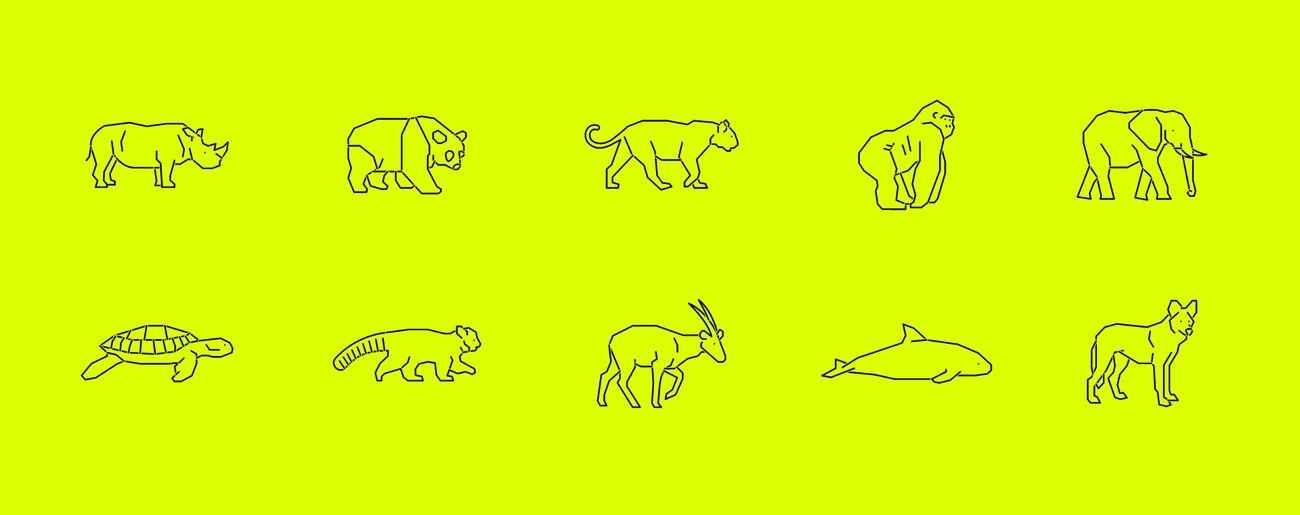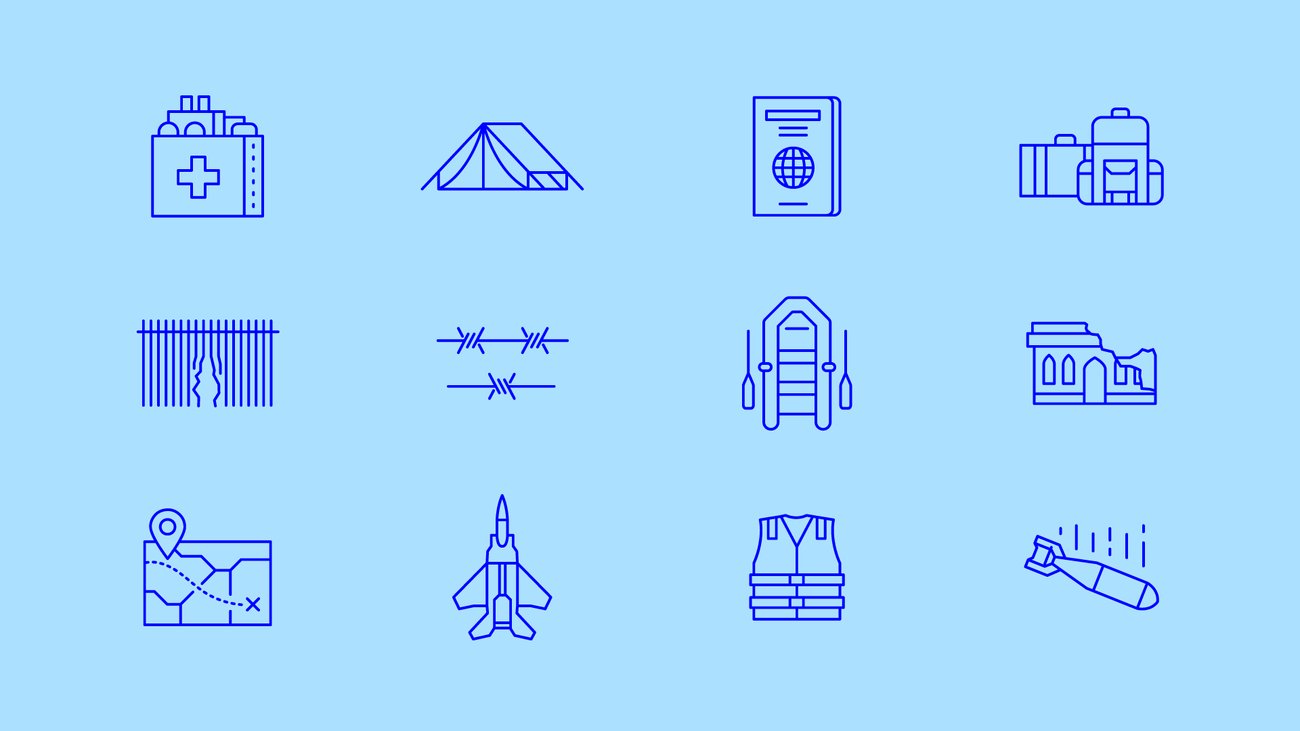Sam Perkins
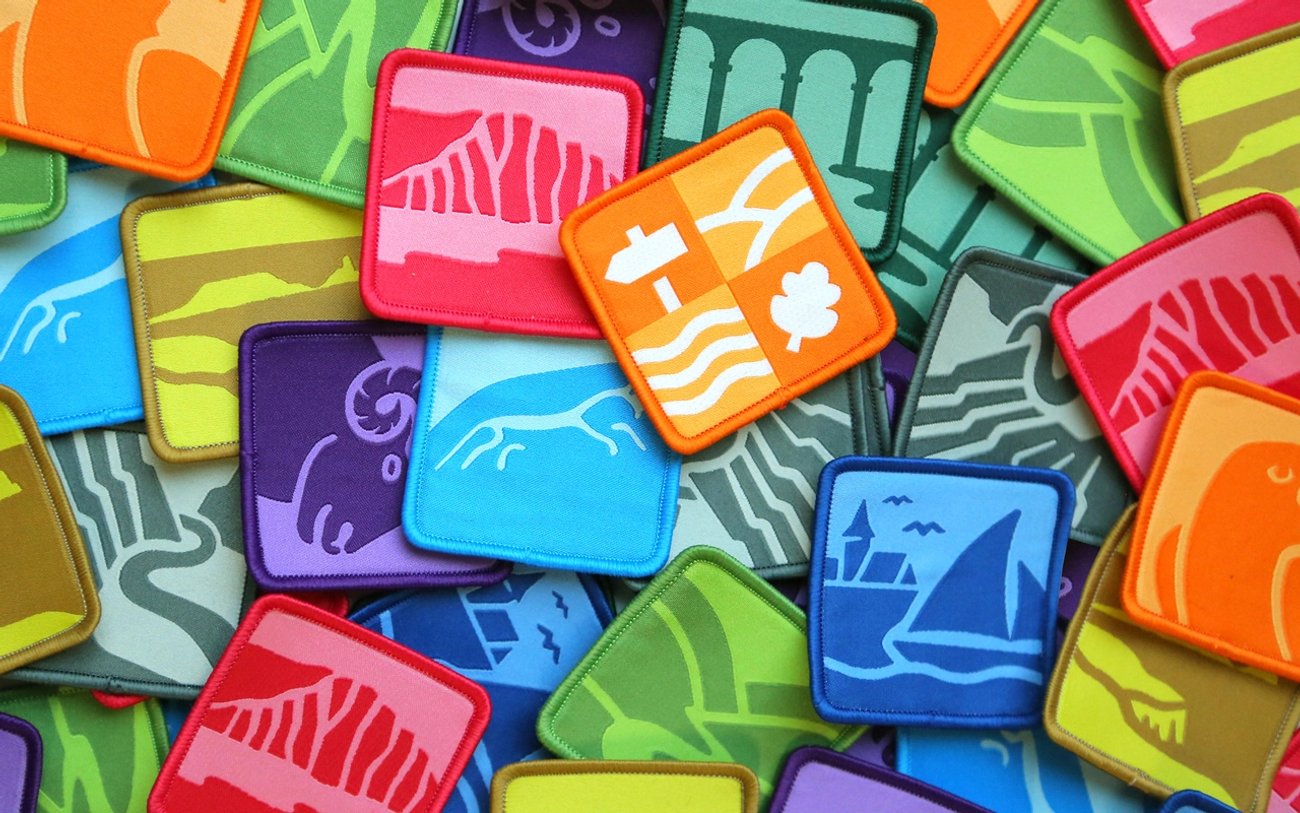
Sam Perkins is a purpose-led designer working across branding, digital, campaign and print. He firmly believes that good creative can change the world for the better and has spent the last decade at Nice and Serious, shining a light on issues ranging from education and equality to community and clean energy. Clients have included WWF, Innocent Drinks, Ben & Jerry's, Matchbox, and IKEA, and he aims to make thoughtful and compelling work that is always grounded in solid research and experimentation. He's based in the sunny seaside town of Hastings, England.
Hi Sam! Tell us about yourself - how did you get to where you are today?
Hey! I'm Sam, a purpose-led designer from the UK with a focus on environmental and social issues. I grew up in the countryside in southwest England, a beautiful green corner of the world where I spent every waking moment either outdoors or making things. Looking back, those two things have combined somewhat in my current role as Design Lead at Nice and Serious. I studied Graphic Design at Nottingham Trent University where I began to lock down my style and process before heading out to freelance and hunt for that elusive first studio role. Nice and Serious took a punt and hired me as their first designer in 2014 and I lost my mind, it was so exciting.
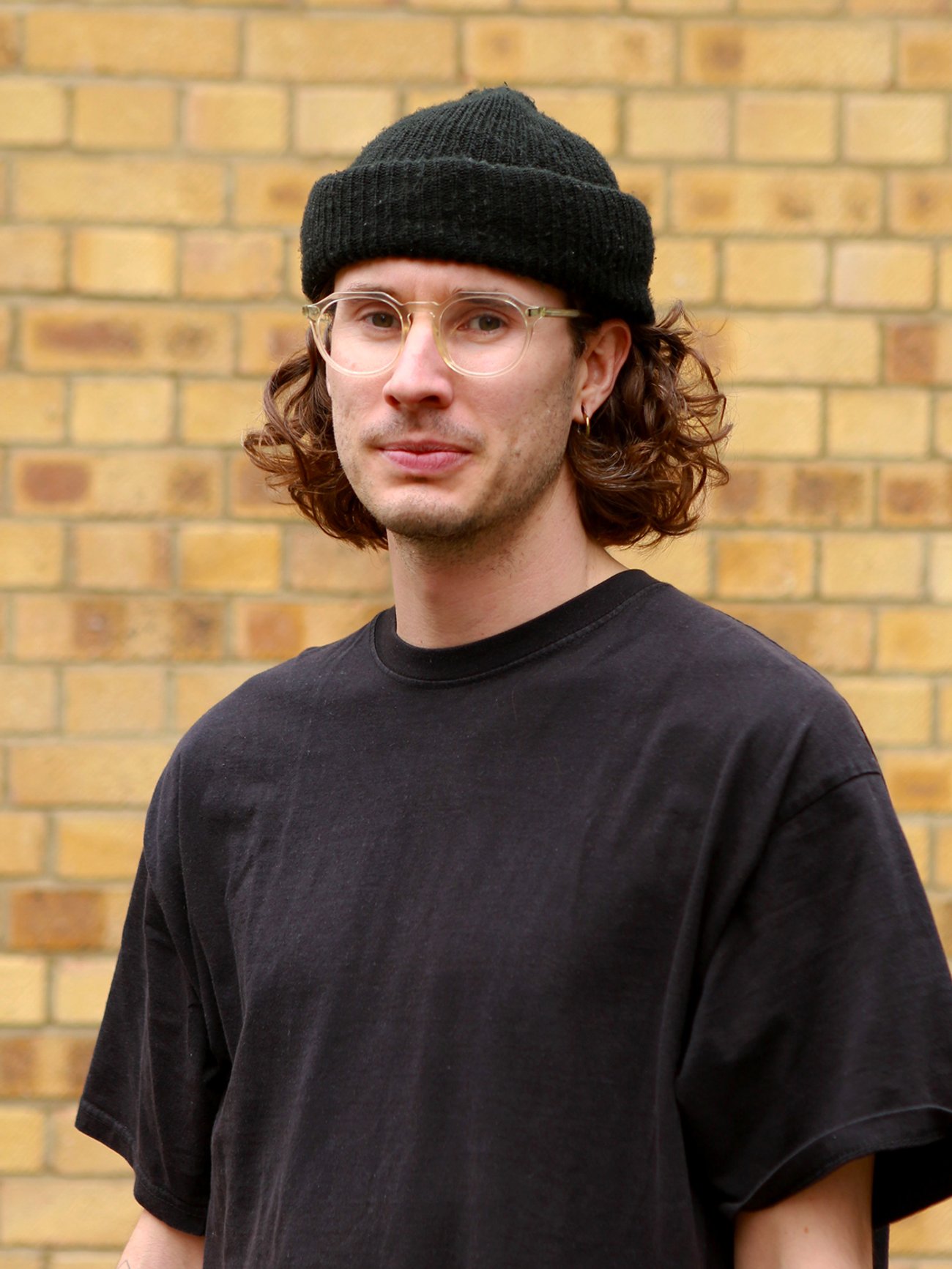
“I get to wake up each morning and know that the work I create is making a difference, and that feels really good.”— Sam Perkins
When did you first become interested in art and design?
It sounds super cliché, but there's never really been a time when I haven't had an interest in art and design. My earliest memories are drawing and crafting and as I grew up I got obsessed with optical art, skate visuals, and vinyl toys, all quite clean and graphic in style which I guess led me down the design path. I've always had a clear idea of what I like and don't like too, which has been helpful in both refining concepts and the design process itself.
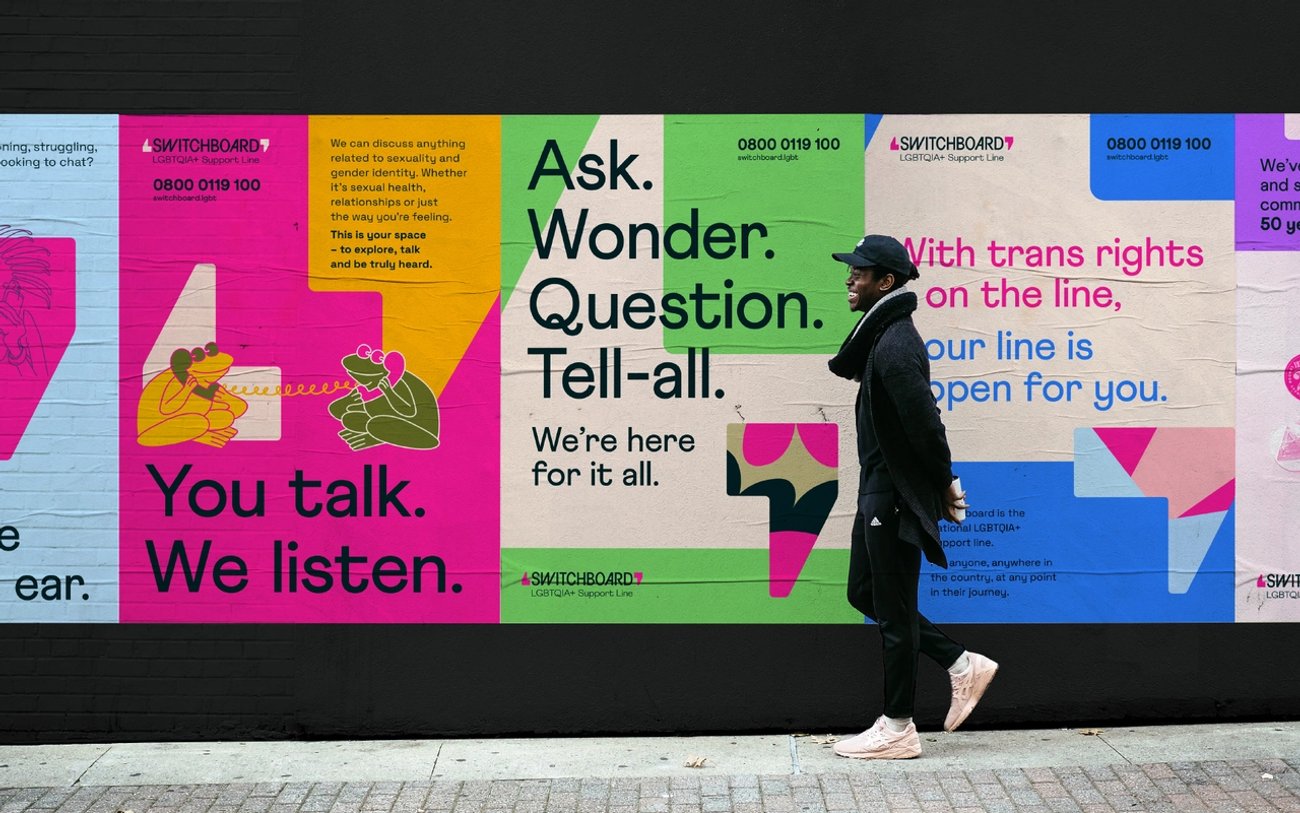
What led you to join the Nice & Serious team, and what's been your favorite part of working there? What makes it unique as a company?
I think it's pretty rare in an industry where people tend to jump between jobs, but Nice and Serious is the only creative agency I've worked at since graduating in 2012. Their ethos and purpose-driven mentality were a massive draw for me, and the people I get to work with are incredibly passionate about the causes they create for. My favorite part of working here is the same as what makes us unique as a company: our approach. We only work on projects that make the world a better place, it's as simple as that. I get to wake up each morning and know that the work I create is making a difference, and that feels really good. Everyone at Nice and Serious gets the chance to vote on new briefs too, via our platform The Moral Compass, so we collectively decide whether to respond – or politely decline. It's our way of making sure our principles are always pointing in the right direction.
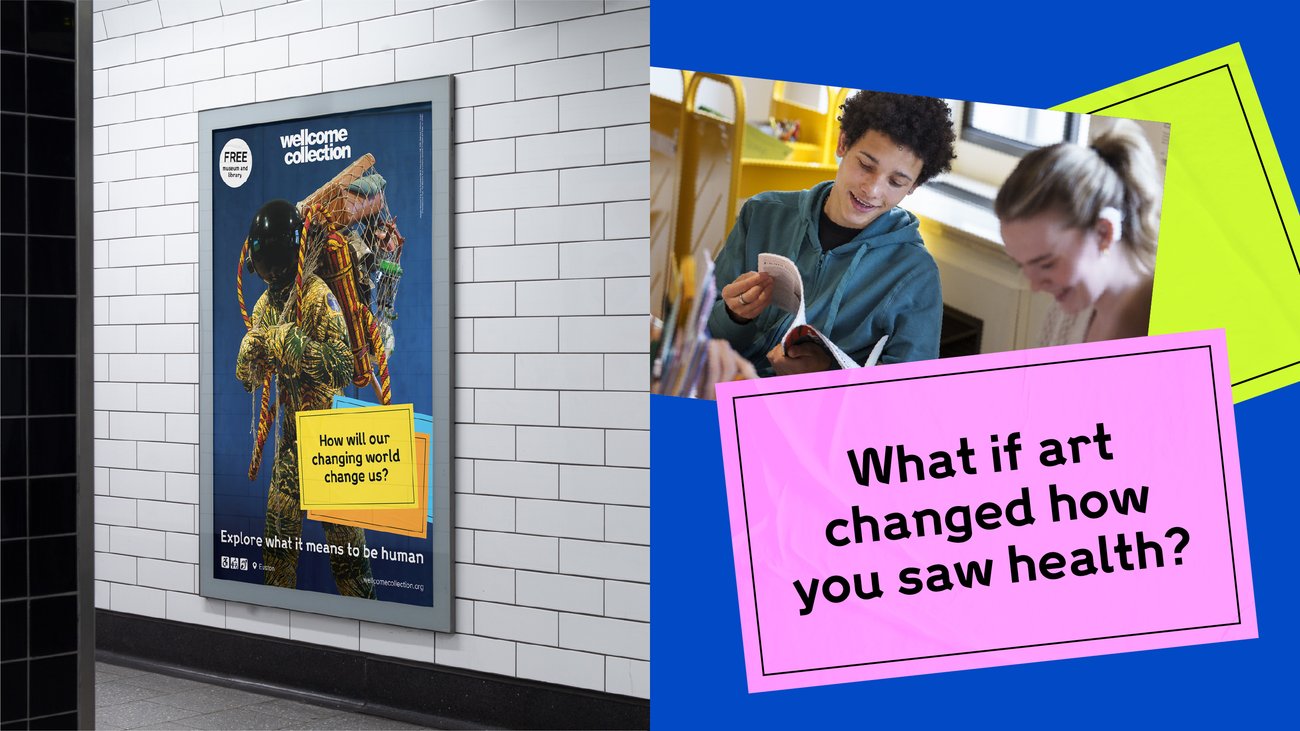

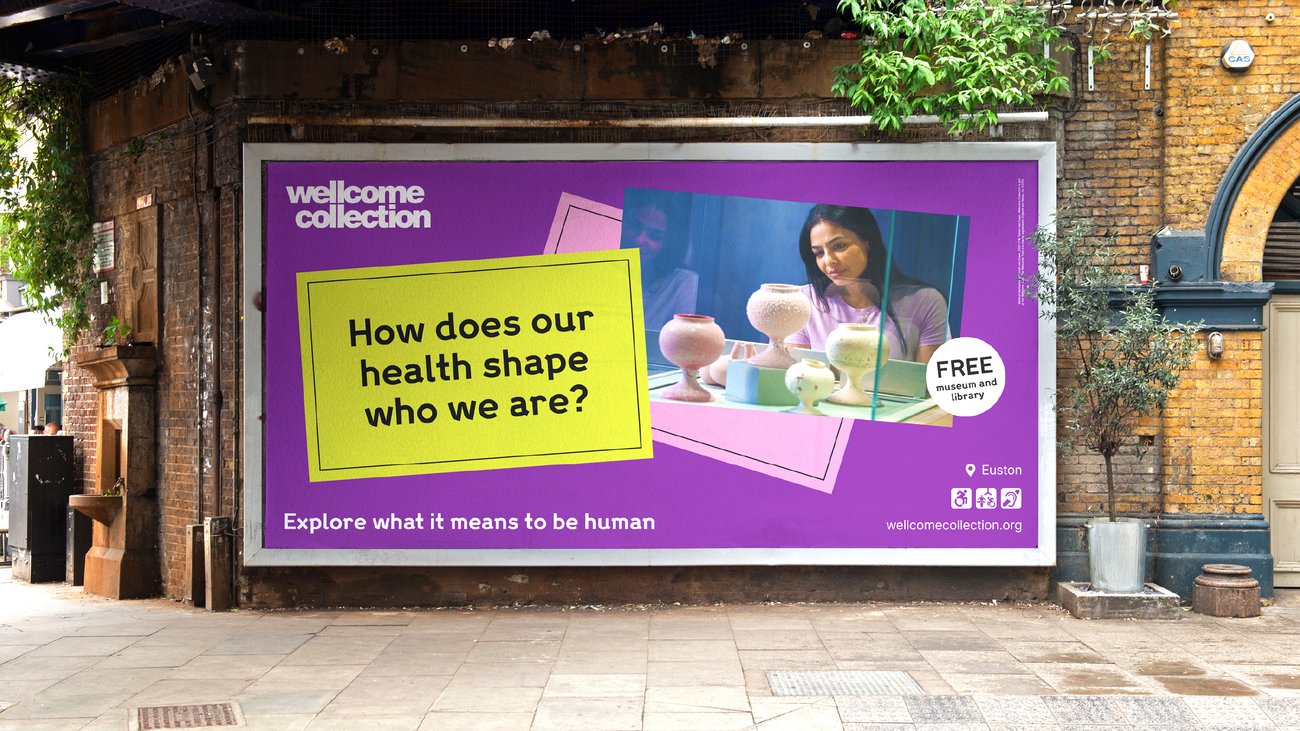
How did you discover Noun Project and what led you to start designing icons?
It was ages ago that I stumbled upon Noun Project, looking for a UI set to build a series of wireframes from when it struck me - we could be a part of this. I wanted to create a really refined set of icons that others could stumble upon in the same way I did, and so we set the grids up and created around a hundred classic UI icons in two different weights to release on Noun Project.
It was a proper buzz to see others download them and spot them dotted around the internet, but we wanted to take things a step further and design purpose-led icons that could help visualize some of the world's less icon-ified issues. Icons for Good was born, and we designed sets that helped people talk about refugees and displacement, climate change, gender equality and endangered species. It was a way of stamping our ethos on the world of icons and having a positive impact at the same time.
What's your creative process like? How do you typically take an idea from concept to delivery?
The great thing about being part of a team is the breadth of perspectives we get access to when we're starting to throw ideas around. At the beginning of a project we collectively cast the net as wide as we can and bounce ideas off each other. It means we don't focus on a concept too early and we can push and stretch the brief, all before we put pen to paper. Our strategy team is a big part of this too; they pull out and explore key areas of the brief and look at how we can best interpret it for the audience and the outcomes. Then we get our hands on some concepts in the design team (shout out to Matt Jefferies and Georgia Chambers) when we get to work visualizing. After that it's short, snappy design sprints, so we keep things focused and iterate and refine until we're happy.
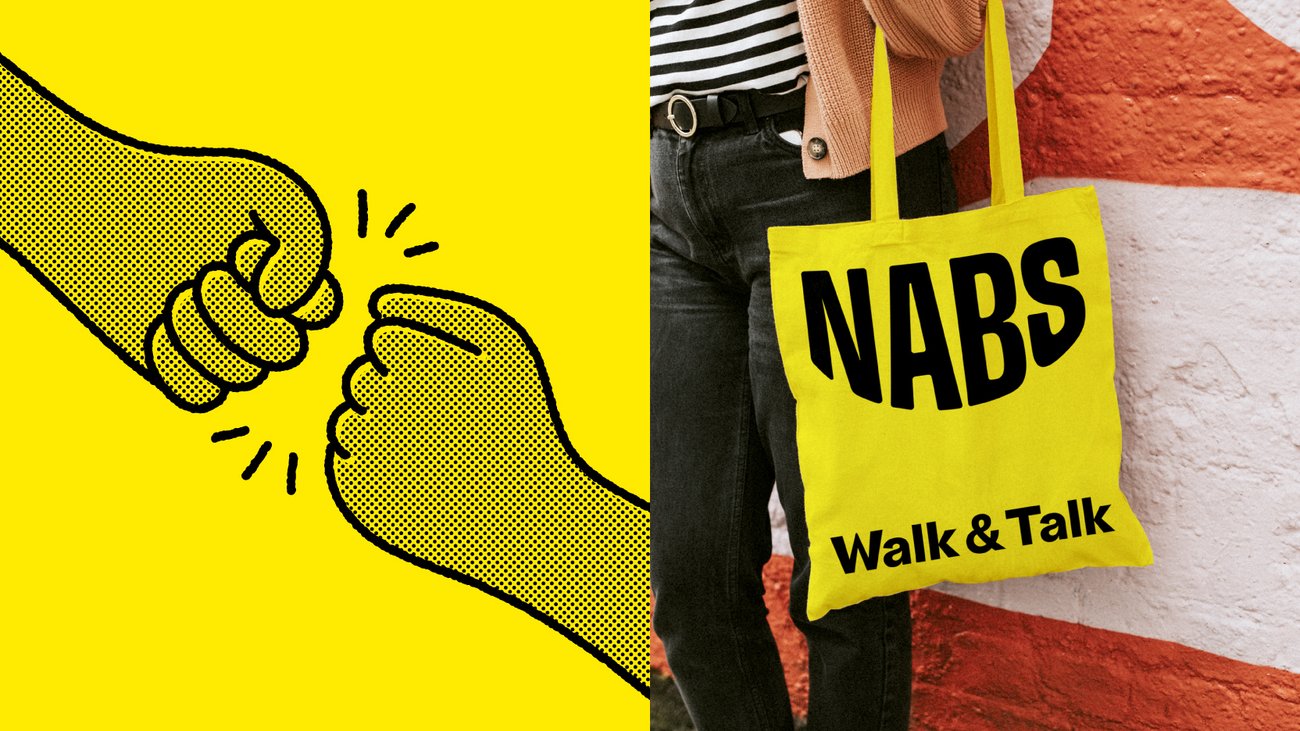
How do you approach creative collaboration with your clients?
We don't just want our clients to be part of the creative process, we need them to be. Their insights and knowledge help us understand the issue at hand so we often run workshops to break the brief down with them and find out where they see the project heading visually. Throughout the process we want them to be part of our team - it leads to a more natural relationship and a better outcome.
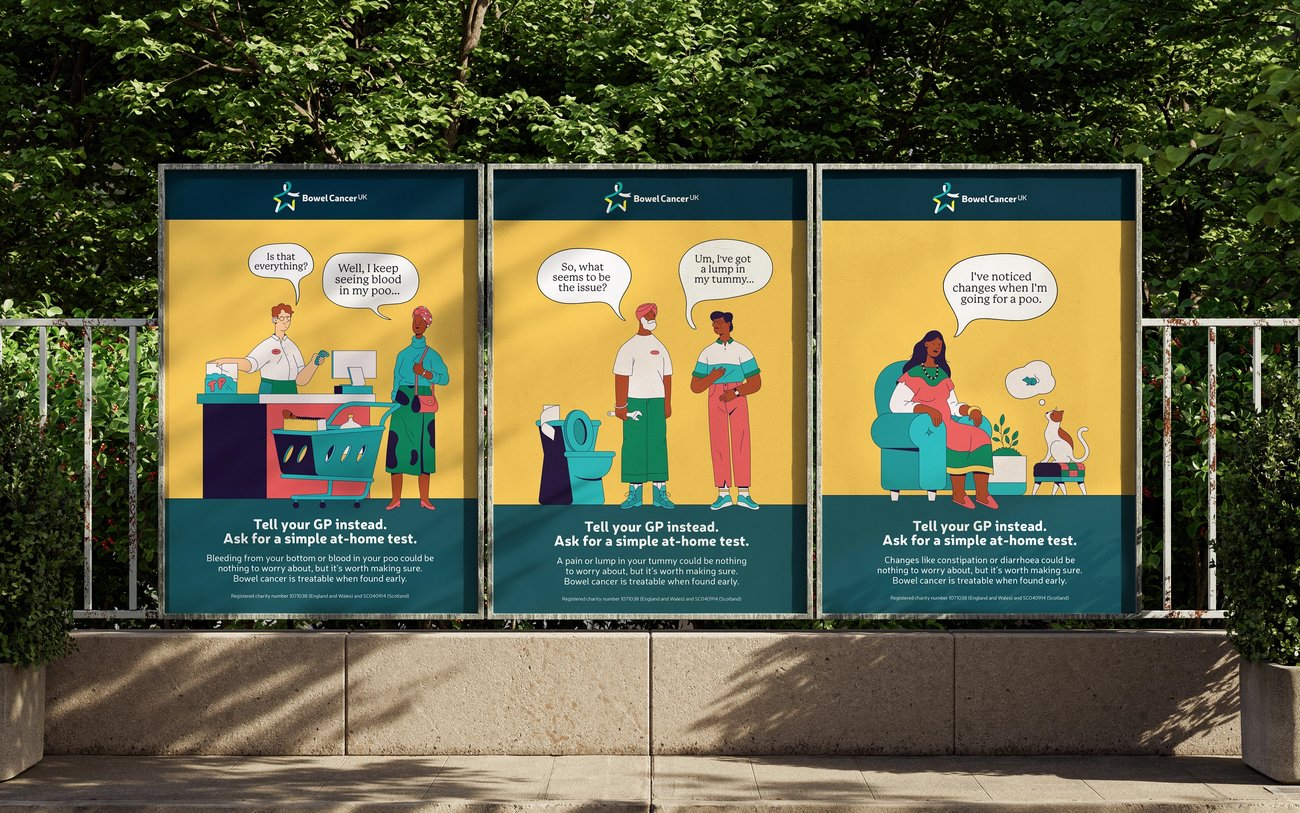
What's been one of your favorite projects to work on so far? What would be a dream project?
In the UK we have a beautiful network of environments called National Landscapes. Synonymous with the great outdoors but quite varied in style, we were tasked with uniting the network of 38 areas under a new identity and help people connect with these amazing places. I'm at home in the great outdoors so this project was an absolute dream, and exploring which flora, fauna and landmarks made each part of the UK unique was really special. We learned so much as a team and translated it into a vibrant patchwork identity that can be seen in nearly every corner of the UK. One landscape manager even got the logo tattooed on his arm, definitely a career highlight for me right there.
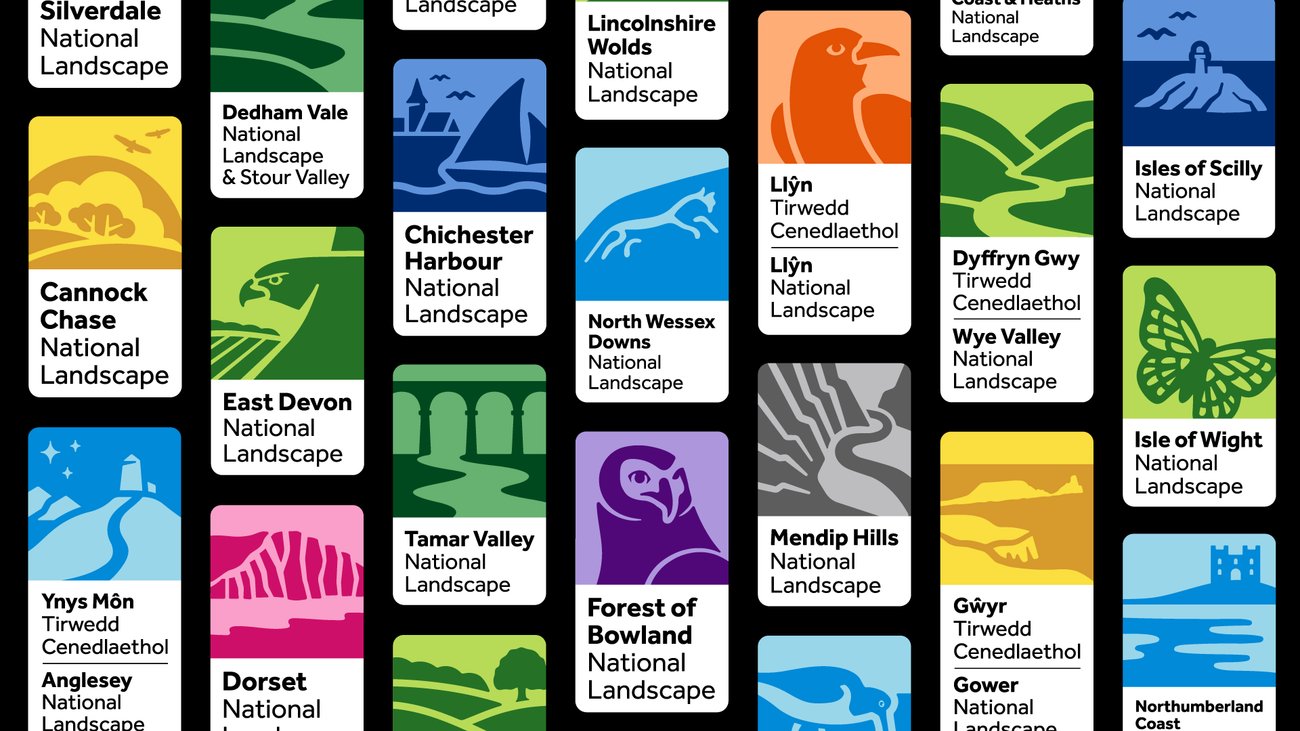

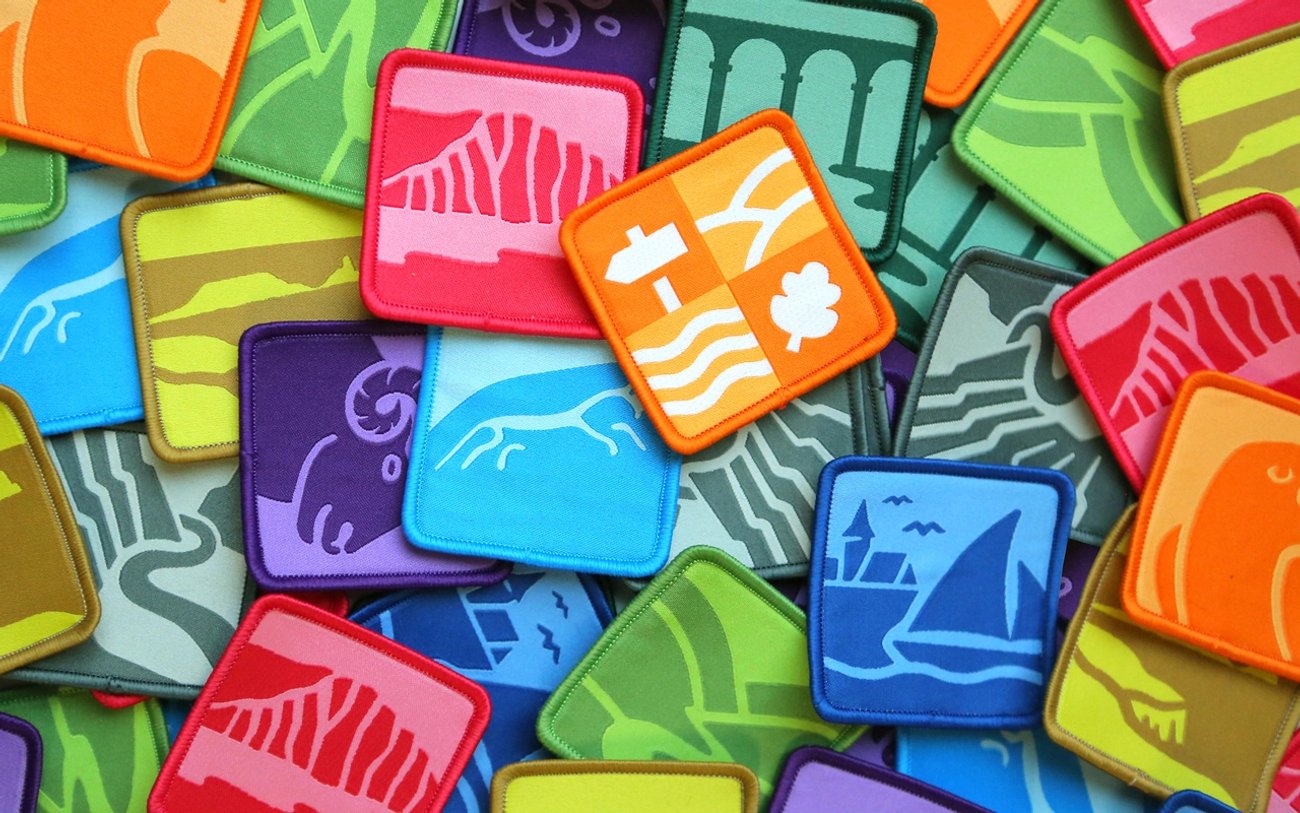
Where do you find creative inspiration? Do you have any favorite tools, resources, or communities?
In the design team we lean on each other for inspiration and constantly share our findings. We each have our own interests and that means we pull from a wider pool of inspiration, which means we don't operate in our own little bubbles. Having a studio in London means there are always galleries and exhibitions on our doorstep, The Brand Identity, Visuelle are great for contemporary identity and design, and Dezeen is a great place to look at the wider world of architecture, interiors and technology. Your taste in inspiration can meander as your career progresses too. Right now I'm really into British folklore, it's pretty weird and wonderful and I love that.
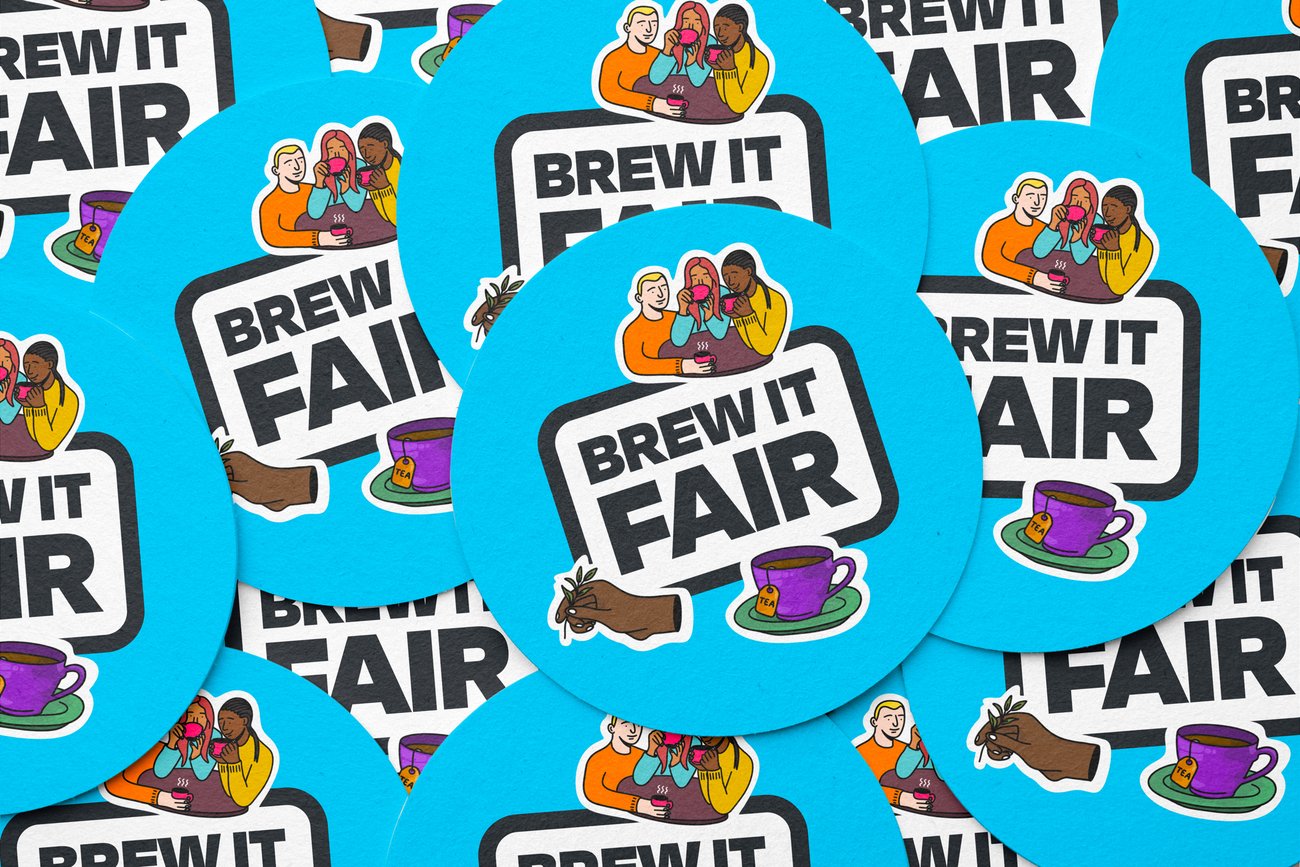
What's one of the biggest career lessons you've learned so far?
Diplomacy. As designers, we're always proud of our work from an individual viewpoint and early in my career I took feedback quite personally. It totally sucked to have your work taken apart and thrown on the rubbish heap, or at least that's how I viewed it. As I've grown I've learned to look at the wider context that this feedback sits within and the angle it's coming from. We get better by being challenged by our peers, and learning how to reframe feedback in a constructive light was a huge turning point in my career.
What advice would you give to new designers and illustrators starting out in their careers?
There's one piece of advice that I always preach when we do talks or have students visit the studio: "What's the worst that could happen?" It sounds a bit careless without context, but it's another way of saying "don't hold back." It's such a competitive (and sometimes ruthless) world for young designers that you've got to take every chance you get. If you want to ask a famous artist or designer a question, send them a DM. If you want to work for a specific studio but they're not hiring, send them your portfolio anyway and tell them how much you want it. The worst that could possibly happen is that they don't reply – which costs you nothing, but at best it could be the role of your dreams.
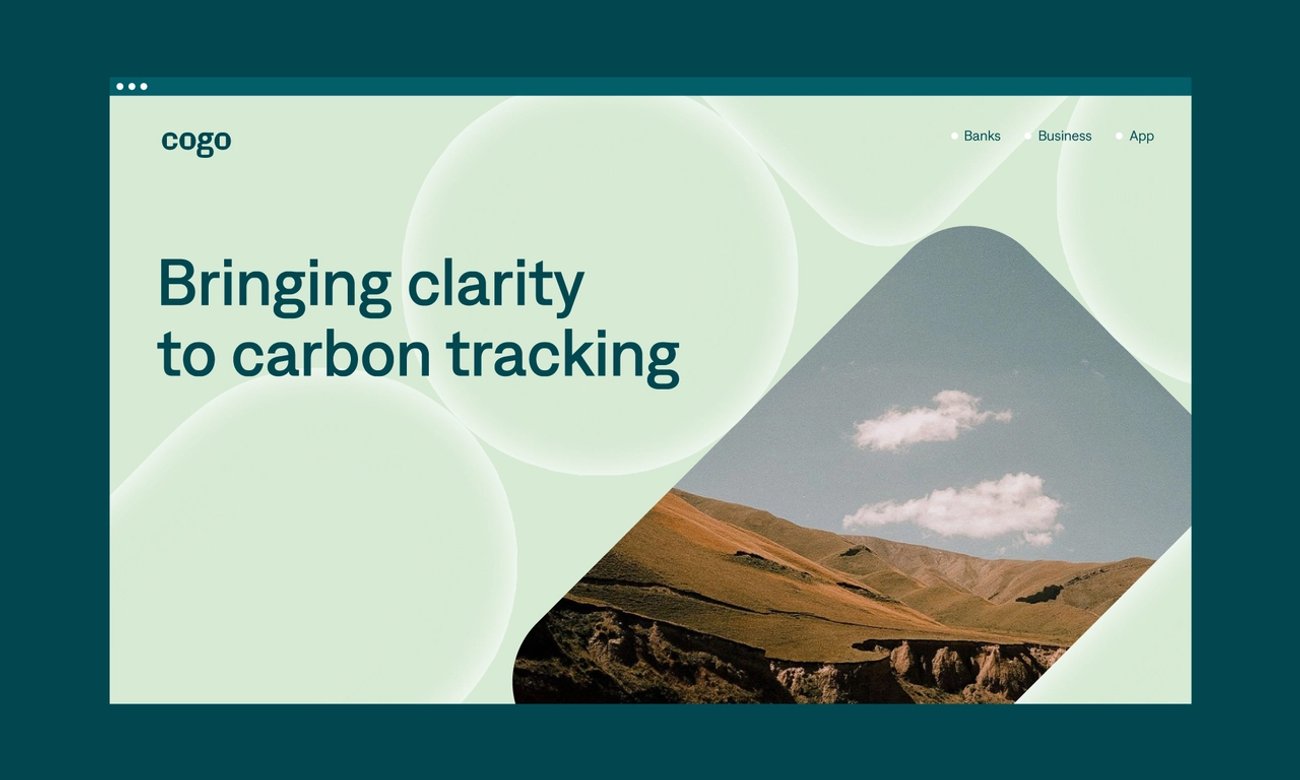
When you look to the future, what makes you hopeful?
What's heartening is that I'm seeing more and more designers and creative studios taking a moral standpoint when it comes to the work they choose to do. They want to create work that matters and they want to make a difference. It's the idea that you'll do better work if you believe in the cause and feel fulfilled by the outcome, and that makes me hopeful.
To view more of Sam's work, visit his Instagram or explore more of Nice and Serious' work through their website or Instagram.
Sam was nominated by Noun Project. All artwork courtesy of Sam Perkins and Nice & Serious.
